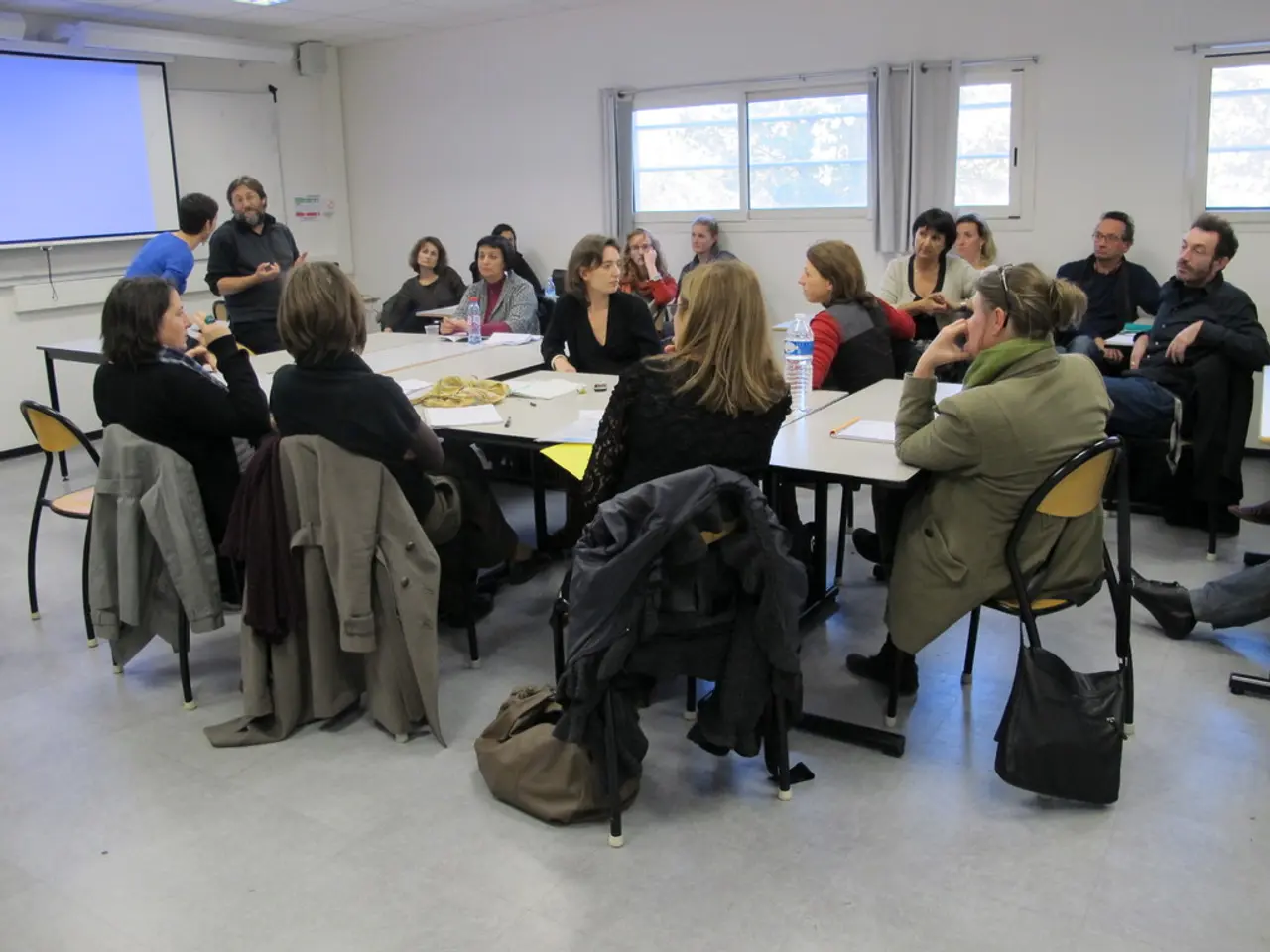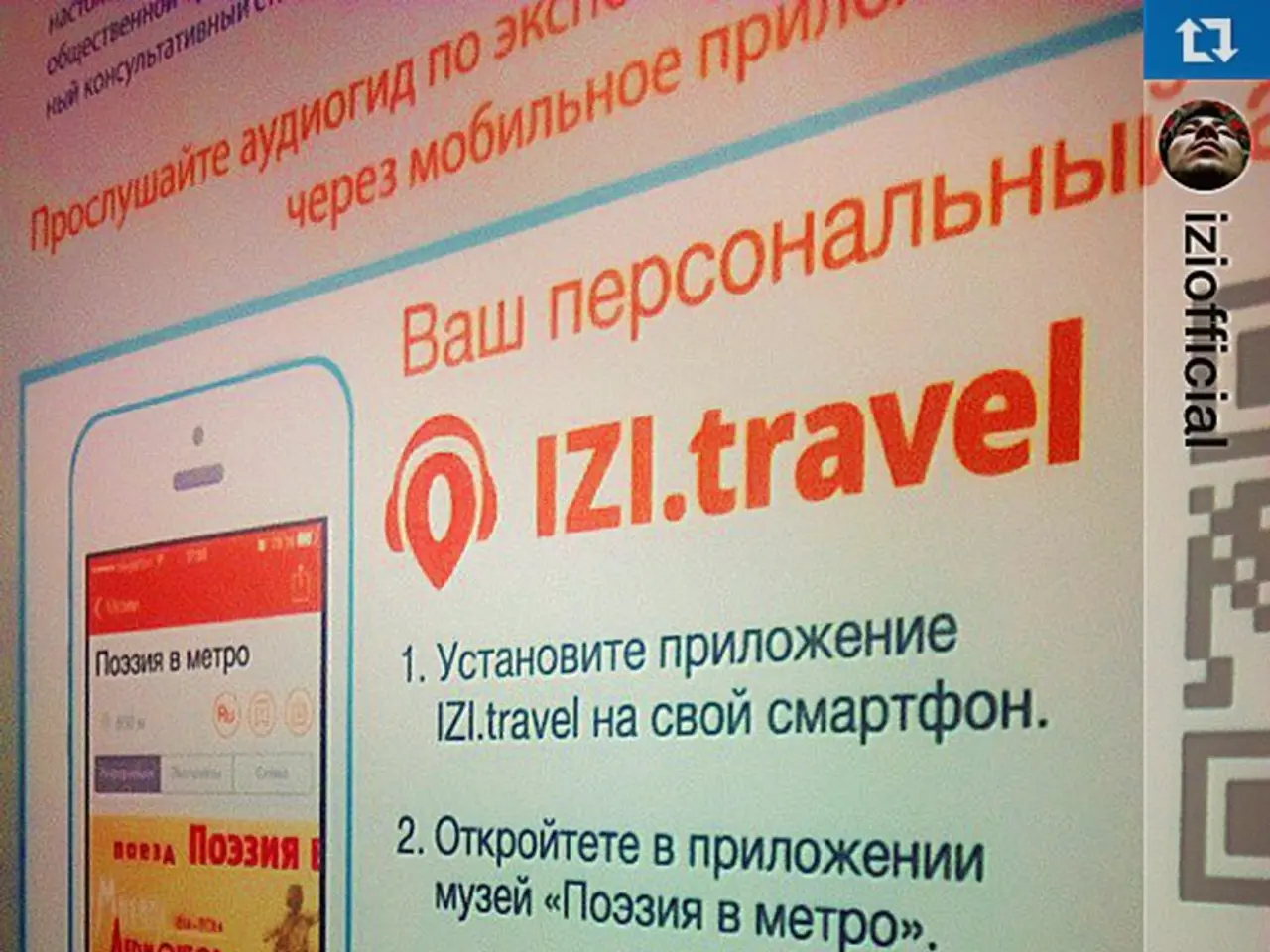LinkedIn Posts Scheduled May Decrease User Engagement Levels
In the bustling world of professional networking, LinkedIn has become a go-to platform for businesses and individuals alike. But what drives engagement on this platform? According to experts, it's all about timing, content quality, consistency, and interaction.
Fortunately, LinkedIn offers a native scheduler that allows for the inclusion of polls, tags, or documents within posts. And here's the good news: using this scheduler, or third-party tools like Buffer or Hootsuite, does not negatively affect post engagement. In fact, scheduled posts often lead to higher overall engagement compared to spontaneous posting.
Consistency is key when it comes to LinkedIn engagement. Brands that post three or more times a week can see nearly 80% more engagement. This consistency keeps your audience active and interested, doubling engagement compared to less frequent posting.
Scheduling tools offer several benefits. They save time by batching content creation and posting when your audience is most active. They help teams collaborate smoothly with faster approvals and fewer delays. They maintain a steady stream of content that keeps you fresh in your connections' minds, supporting ongoing engagement and connection retention.
Moreover, these tools allow for the management of multiple LinkedIn accounts or business pages efficiently.
When it comes to the nature of engagement, LinkedIn prioritizes meaningful interactions like comments and reposts over simple likes or clicks. Scheduling posts can be combined with active engagement (comments and reactions) to maximize impact. Some advanced scheduling tools also enable direct commenting and reactions from their platform, helping maintain genuine engagement needed to succeed with LinkedIn’s evolving algorithm.
In summary, using LinkedIn scheduling tools—whether built-in or third-party—supports better engagement by enabling regular, timely, and consistent posting, saving time for content quality, and facilitating management, especially for executives and teams. The key to maximizing engagement remains combining scheduled posts with meaningful, personal interactions.
So, the next time you're scheduling a post, remember that it's not about the scheduler, but about the content and the interactions it sparks. And if you're still hesitant about using scheduling tools, take a cue from content strategist John Espirian, who increased his engagement after scheduling all his posts for a month.
Sources: [1] Sprout Social, 2021. The Ultimate Guide to LinkedIn Posting Frequency. [2] Buffer, 2021. The Best Time to Post on LinkedIn in 2021.
- By utilizing scheduling tools like LinkedIn's native one or third-party options such as Buffer or Hootsuite, businesses can ensure timely and consistent postings, boosting overall engagement.
- Scheduled posts on LinkedIn often result in higher engagement compared to spontaneous ones, as brands that post three or more times a week can see nearly 80% more engagement.
- Combining scheduled posts with meaningful, personal interactions, such as comments and reactions, is crucial for maximizing impact on LinkedIn and adhering to the platform's evolving algorithm.




